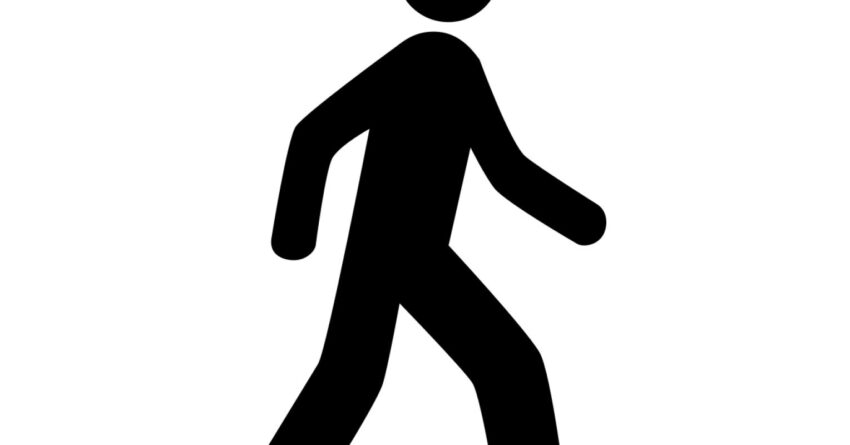A client emailed me, “I struggle when the plane is initially ascending. I don’t feel any anxiety while descending/landing. I know, I know — it’s crazy. I sometimes find myself white-knuckling it for reasons that, frankly, baffle me.”
The most basic way we control our feelings is with our feet. If something interests us, we walk toward it. If something threatens us, we back away from it. This way of controlling our feelings is taken away from us when the door of the plane closes. Takeoff literally and emotionally ungrounds us. When we reach cruise altitude, we are in the safest phase of flight. Yet, it is stressful. We are – not just separated – but divorced from our most basic means of control. Though most accidents happen during descent and landing, as the plane begins its descent, thoughts of being back on the ground cause relief.
Most anxious fliers are not afraid their plane will crash. Most are afraid of what they may feel when aloft. Being afraid of our own feelings may seem strange, but if the feelings get too intense, we might lose control, do something embarrassing, go crazy, have a heart attack, or get arrested.
Why is not being in control a problem? Why is being unable escape so daunting? We need to consider the two system that try to protect us. One system operates in consciousness. When something pleasurable happens, we keep it in mind that we would like to do it again. If something unpleasant happens, we make a mental note to avoid it.
The other system operates out of view. Though we can’t observe it, neuroscientists have a working hypothesis about how it operates. They say it us uses a valence or “code.” To understand how a valence code is used, think of the barcode on products at a supermarket. When we run the products in our shopping cart by the scanner, it reads the code and tells us what the product is and what it costs.
Neuroscientists now say this affective code gets attached to the things we experience. When we have a positive experience, it is as if we attach a label with a positive barcode to it. If we have negative experience, a negative code gets attached. When we survey our environment, our amygdala scans the code of things around us and uses the code to determines what is safe to approach and what to avoid. And our feet follow through.
But what if an experience is more than negative? What if it is traumatic? In addition to assigning negative code to the source of the trauma, negative code is assigned to the context of the trauma, not in control and not able to escape. As additional traumas occur, the code associated with no control and no escape becomes so negative that any no control and no escape situation – elevators, bridges, tunnels, high places, MRIs, and of course, airliners – may trigger enough stress hormones to cause panic.
Trauma of any kind – whether it involves flying or not – can make flying difficult. In most cases, flying does not start after a bad flight. Instead, it starts when boarding a plane, and the person – to their amazement – finds they can’t go through with it.
To make flying tolerable again, the negative code that activates the sympathetic nervous system must be overwritten with positive code that activates our calming system, the parasympathetic nervous system. This code change is done by associating each part of the flight (boarding, door closing, taxi, takeoff, climb, cruise, descent, and landing) with the face, voice, and touch of a safe person.
Why does this work? When we are born, we cannot calm ourselves. We depend on our caretakers. When we become upset, we are calmed by their response and by the positive code attached to their face, voice, and touch. As adults, we still can be calmed by the positive code we receive from others. We can be calm when flying if, prior to the flight, we associate the various moments of the flight to the face, voice, and touch of someone we experience as physically and emotionally safe.
